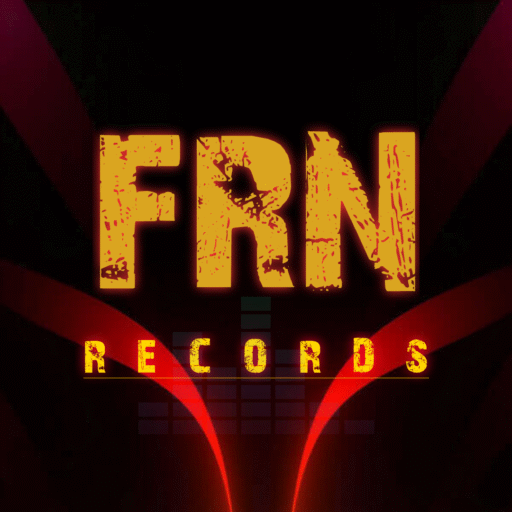What is Harmony in Music? Beginner Friendly Guide
Affiliate Disclosure
This post includes affiliate links. If you purchase through them, we may earn a small commission.
Understand harmony with music theory books, ear training apps, and harmony-specific guides for beginners.

If you’ve ever listened to your favorite song and felt chills when multiple voices or instruments played together—congrats! You’ve experienced harmony in music. But what exactly is harmony, and why does it sound so beautiful?
Let’s break it down in simple terms.
What is Musical Harmony?
Harmony in music refers to the combination of different musical notes played or sung at the same time to create a rich, pleasing sound. While melody is the main tune, harmony supports the melody, adding depth, emotion, and complexity.
Think of harmony as the background singers or the guitar chords behind a vocal performance. They don’t steal the spotlight, but they make the whole performance feel complete and full.
What is Harmony in Music Theory?
In music theory, harmony is created when two or more pitches are played together, forming intervals (distance between notes) and chords (three or more notes played at once).
There are three main types of harmony:
1. Consonant Harmony
Pleasant and stable combinations (e.g., major and minor chords)
2. Dissonant Harmony
Tense, unstable combinations that create suspense or emotion
3. Modal Harmony
Uses specific modes (like Dorian or Lydian) to build harmony around scales
Harmony is often written vertically in sheet music, showing how different notes align across time.
What is Harmony vs Melody?
Let’s get clear on a big confusion: harmony vs melody.
| Feature | Melody | Harmony |
|---|---|---|
| Role | Main tune or theme | Support system for the melody |
| Notes | One note at a time | Multiple notes at once |
| Function | Carries the song | Adds color and emotion to the melody |
| Example | Vocal line of a pop song | Backing chords played by guitar |
Melody is what you sing.
Harmony is what you feel behind the singing.
Real-World Examples of Harmony
Here are a few places where you hear harmony all the time:
-
Pop Songs: Background vocals (e.g., in Queen’s “Bohemian Rhapsody”)
-
Choirs: Sopranos, altos, tenors, and basses sing different harmonies
-
Instruments: Piano chords, guitar strums, or orchestral strings

Even simple two-note harmonies can dramatically enhance the emotion of a song.
Why is Harmony Important in Music?
Here’s why harmony matters:
Adds Emotion: Harmony can make a song feel happy, sad, or dramatic
Creates Fullness: Makes the music sound richer and more layered
Guides the Listener: Helps you feel the mood or energy of the song
Supports the Melody: A good harmony lifts the melody, not overshadows it
Imagine a melody without harmony—it’s like watching a movie with no background score.
How to Learn Harmony as a Musician
Whether you’re a singer, producer, or guitarist, learning harmony will level up your music.
Beginner Tips:
-
Learn major and minor chords
-
Practice singing or playing along with harmony lines
-
Study intervals (like 3rds and 5ths)
-
Use apps or keyboard to build chords
-
Explore triads and seventh chords
Bonus tip: Try harmonizing your own vocals using software like FL Studio, Logic Pro, or even online tools like Virtual Piano.
FAQ: What People Ask About Musical Harmony
Q1. What is the definition of harmony in music?
A: Harmony is the combination of two or more musical notes played or sung at the same time to support the melody.
Q2. What is harmony vs melody?
A: Melody is the main tune, while harmony adds background support with additional notes.
Q3. What is harmony in music theory?
A: In music theory, harmony involves chords, intervals, and scales that build the foundation of a musical piece.
Q4. Can you have harmony without melody?
A: Technically yes, but it’s rare. Harmony usually enhances or follows a melody.
Q5. How do you create harmony in a song?
A: Use chords that match your melody’s key and experiment with layering instruments or vocals.
Final Thoughts
Harmony is one of the most powerful tools in music. It adds soul, depth, and beauty to even the simplest melody. Whether you’re composing, singing, or producing—understanding harmony will transform your music forever.
Ready to level up your sound? Start practicing harmony today!
Did you find harmony tough at first? Share your thoughts!
💬 Need a book or app suggestion? Drop a comment!
Hi, I’m Nikhil Farenjiya, a music producer and professional singer with 10 years of experience. I share my knowledge and passion for music through writing to help aspiring artists grow. My blog is dedicated to inspiring and guiding music lovers on their creative journey.


